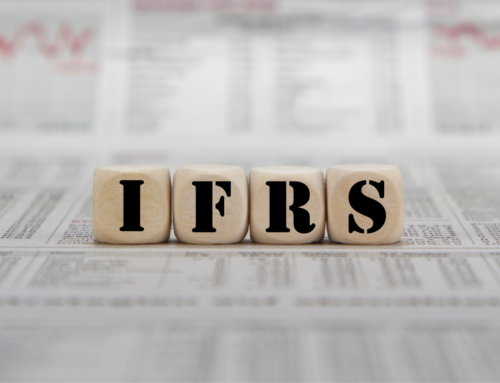This is the second post in our series on ASC 842, Leases. Read the first, third and fourth posts here.
It’s important to communicate the impacts of ASC 842 to all stakeholders within a company, and not just within the corporate accounting department. Non-accounting functional groups, such as treasury, IT or real estate, will need to understand major changes that the company’s leases will face, because those groups will be directly affected.
Working with clients on ASC 606 implementation projects, we have seen that even companies focused on early and regular communication across departments encountered a lack of clear understanding as the implementation neared completion. Keep that learning in mind as you go through your ASC 842 implementation process, and remember how important it is to check in regularly with stakeholders regarding their understanding of how ASC 842 affects their functional areas and processes.
Here are two of the biggest changes that will affect internal stakeholders:
1. Lessee treatment of operating leases
From a lessee perspective, most companies have multiple operating leases under the old leasing standard—that is, they are not recorded on the balance sheet. By now, you’ve probably had it hammered into your head that ASC 842 brings these onto the balance sheet by recording an asset and a liability for these leases.
The most obvious impact now is that any user of the balance sheet is going to see a change in assets and liabilities. Corporate treasury groups will now have to understand and forecast the impact of the change in the balance sheet on any debt covenants involving those metrics and review existing debt agreements for any language around new accounting pronouncement impacts or potentially negotiate for waivers on the covenants. Perhaps the calculus in determining if a company leases or buys an asset may change because, unlike before, leasing an asset now has a balance sheet impact. Some companies may even prefer finance leases—previously known as capital leases under the old standard—since they have the same balance sheet impact as operating leases but could be more favorable towards EBITDA metrics. (Finance leases are subject to depreciation and interest expense, which can be added back to EBITDA.)
Companies may need to tighten up their communication of lease transactions across departments. We have encountered companies that did not have strong controls in place for real estate personnel to timely notify accounting about lease transactions, leading to under-recording of rent expense until they trued up the transaction amounts at a later point in time. Now there is an additional impact, where the balance sheet would be under-recorded if these controls are not in place.
2. Identification of embedded leases
A key step in the new standard is to identify embedded leases in contracts that have not been negotiated as traditional leases and to record assets and liabilities. For example, if Company A provides services to Company B using a widget, the contract may need to be reviewed to determine if there is a lease between Company A and B for that widget. This reframing of what constitutes a lease may pose a challenge as there may be thousands of contracts to review and no simple way to capture all the contracts that could contain embedded leases. A good first step to reduce the number of contracts requiring review is to work with contracts personnel to eliminate contracts that clearly have no embedded leases (such as ones solely for utilities, employee benefits, insurance or materials) and also perform a search for unrecorded liabilities by reviewing for recurring payments that may indicate the use of an asset embedded in a contract.
Identifying the lease population and understanding the lease accounting treatment may be the most significant undertaking for ASC 842. In our next posting, we will talk about the importance of assessing your existing software capabilities in addressing the new standard and performing a lease data gap analysis.






